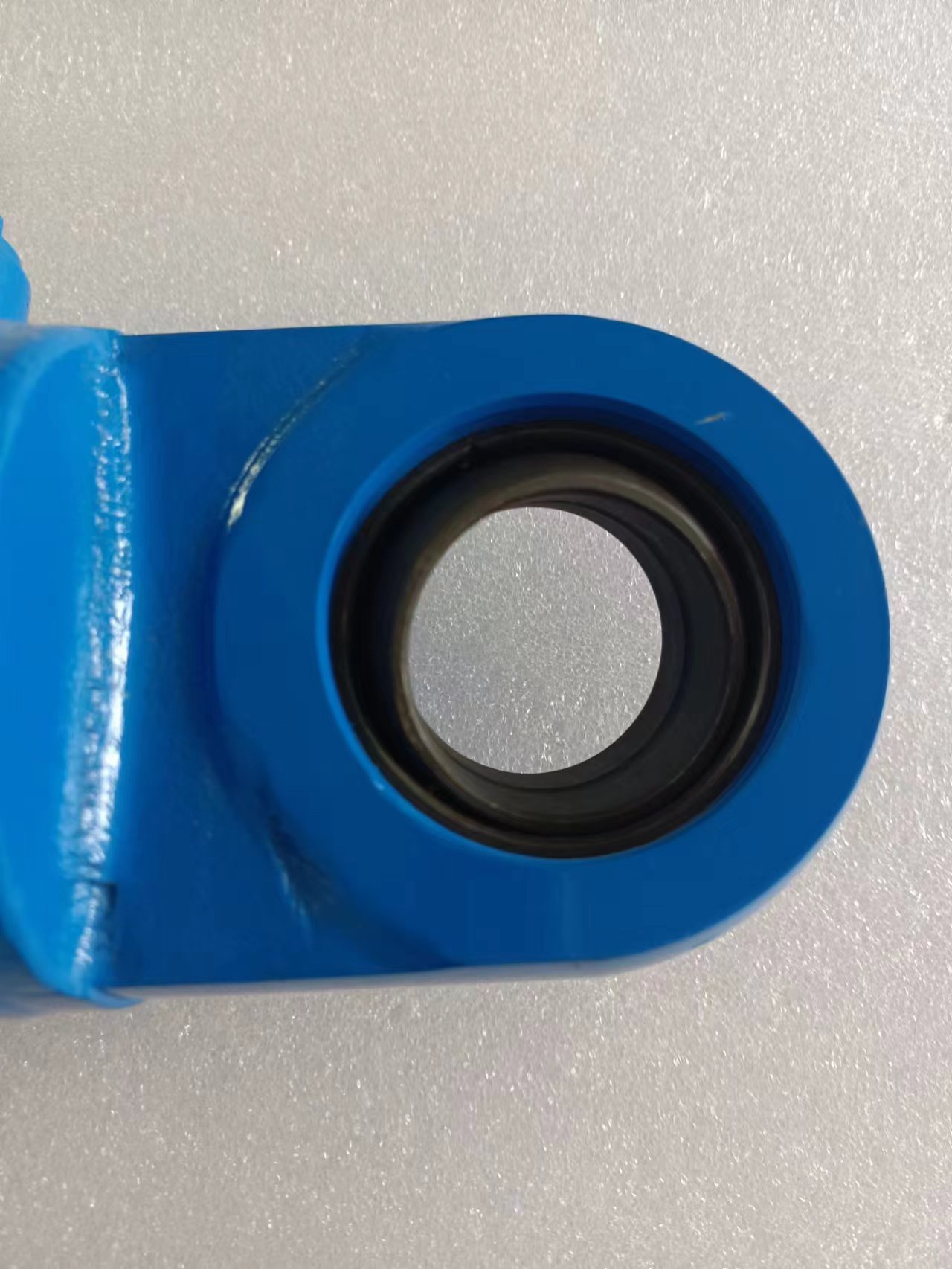Nov . 12, 2024 22:47 Back to list
hydraulic damping cylinder product
Understanding Hydraulic Damping Cylinders A Comprehensive Overview
Hydraulic damping cylinders, often referred to as shock absorbers or dampers, play a critical role in various industrial applications and machinery. They are essential components that help to manage, control, and reduce the vibrations and shocks that occur during mechanical operations. This article explores the design, function, applications, and benefits of hydraulic damping cylinders, shedding light on why they are a vital part of modern engineering.
What is a Hydraulic Damping Cylinder?
At its core, a hydraulic damping cylinder is a device that uses hydraulic fluid to absorb and dissipate energy generated by motion, vibrations, or impacts. These cylinders typically consist of a piston moving through a cylinder filled with hydraulic fluid. As the piston moves, the fluid is forced through orifices, creating resistance and thereby damping the motion. This mechanism helps to smooth out the oscillations and prevent damage to machinery.
Key Components
1. Cylinder Body The main structure that houses the piston and hydraulic fluid. 2. Piston A movable component that displaces fluid as it moves within the cylinder.
3. Seals These prevent fluid leakage and ensure the integrity of the hydraulic system.
4. Fluid Typically oil, hydraulic fluid provides lubrication and transmission of force.
5. Mounting Hardware Various fittings that allow the damper to be installed securely in machinery.
How Do Hydraulic Damping Cylinders Work?
The operation of a hydraulic damping cylinder can be summarized in a few key steps
1. Compression As an external force is applied, the piston compresses the hydraulic fluid in the cylinder.
2. Fluid Movement The fluid is forced through small openings or orifices, which creates resistance. The size and number of these orifices can often be adjusted to achieve the desired damping characteristics.
3. Energy Dissipation The resistance created by the fluid movement absorbs kinetic energy, transforming it into thermal energy and thereby dissipating it, which in turn reduces the intensity of the vibrations or shocks.
hydraulic damping cylinder product

Applications of Hydraulic Damping Cylinders
Hydraulic damping cylinders are employed in a wide array of applications across different industries
- Automotive Industry Used in shock absorbers for vehicles, providing stability and comfort by minimizing road vibrations.
- Construction Machinery Found in excavators and bulldozers to dampen impacts and vibrations during operation.
- Aerospace Employed in landing gear systems to absorb shocks during landing and takeoff.
- Industrial Equipment Used in press machines, conveyor belts, and robotic arms to ensure smooth operation.
- Furniture and Home Appliances Incorporated into soft-close mechanisms for cabinets and drawers to prevent slamming.
Benefits of Hydraulic Damping Cylinders
1. Vibration Control These cylinders significantly reduce vibrations, enhancing the stability and performance of machinery.
2. Protection By absorbing shocks, they protect critical components from wear and tear, prolonging the lifespan of equipment.
3. Improved Comfort In automotive and seating applications, they enhance comfort by smoothing out the ride experience.
4. Adjustability Many modern hydraulic damping cylinders come with adjustable settings, allowing for customization based on specific operational demands.
5. Safety Enhanced vibration control translates to increased safety in machinery operation, thereby reducing the risk of accidents.
Conclusion
Hydraulic damping cylinders are indispensable in the realm of modern machinery and automotive engineering. Their ability to absorb shocks, control vibrations, and protect equipment makes them invaluable for a wide range of applications. As technology continues to evolve, so too will the designs and functionalities of these vital components, paving the way for even more advanced solutions in the fight against mechanical wear and vibration-related issues. Whether in heavy machinery, aerospace systems, or everyday consumer products, hydraulic damping cylinders will remain at the forefront of enhancing performance and durability.
-
Fork Lift Power Units - Hebei Shenghan | Efficiency, Reliability
NewsJul.13,2025
-
1.5-Ton Turbocharged Cylinder-Hebei Shenghan|Hydraulic Solution,Energy Efficiency
NewsJul.13,2025
-
Auto Hoist Power Units-Hebei Shenghan|Efficiency&Industrial Lifting
NewsJul.13,2025
-
Double Acting Power Units-Hebei Shenghan|Hydraulic Solutions,Industrial Efficiency
NewsJul.13,2025
-
1.5 Ton Lifting Cylinder 70/82-40-290-535 - High-Performance Hydraulic Solution | Hebei Shenghan
NewsJul.13,2025
-
Fork Lift Power Units - Hebei Shenghan | Efficiency&Reliability
NewsJul.13,2025
